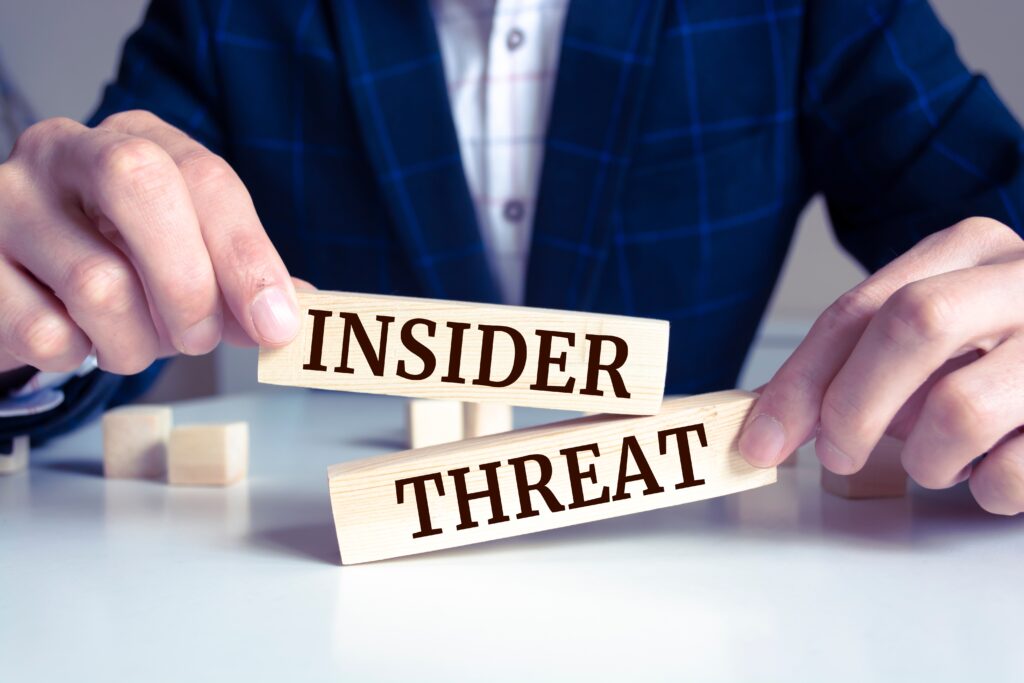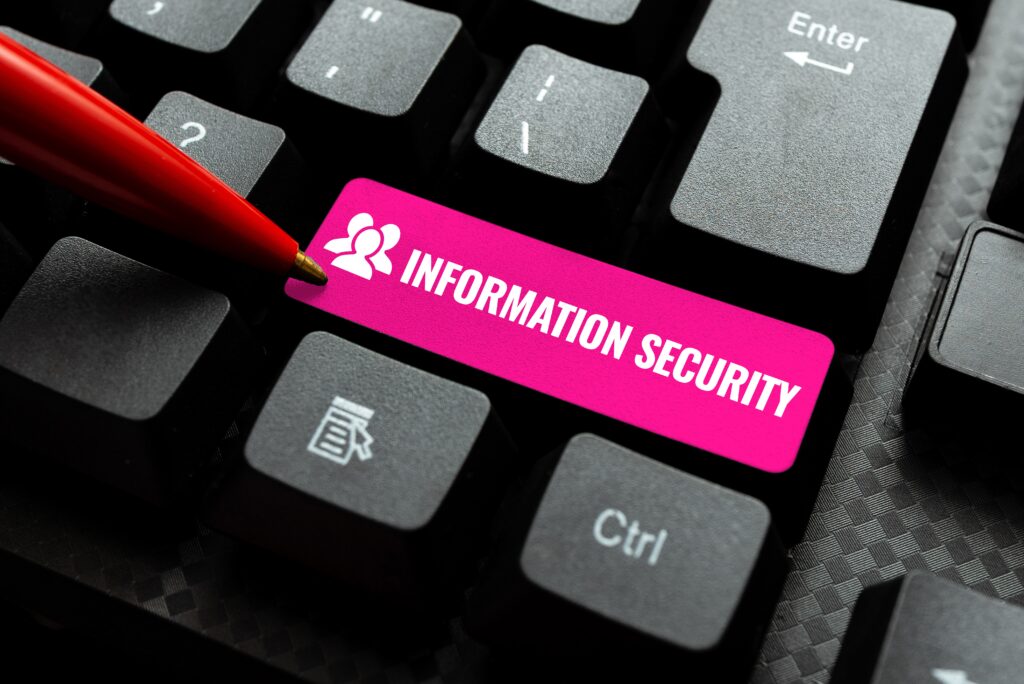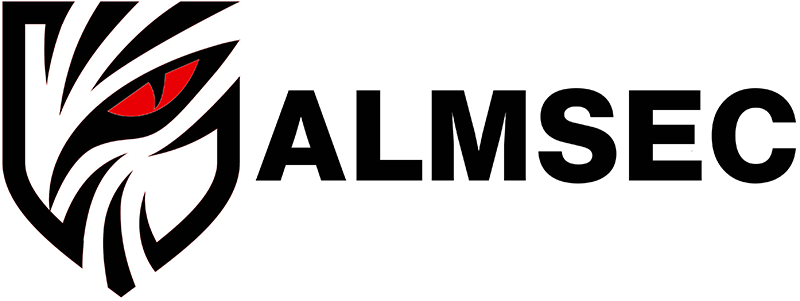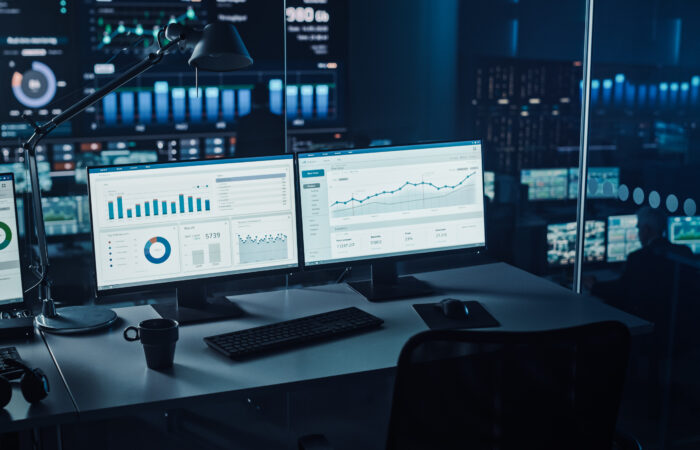In recent years, the term “insider threat” has become increasingly prevalent in discussions of information security. But what exactly is an insider threat? And how can organizations protect themselves against and detect insider threats?
An insider threat is defined as a current or former employee, contractor, or other individual with authorized access to an organization’s data or systems who maliciously or unintentionally misuses that access to negatively affect the organization. As there are many types of insider threats, they can come in many different forms, and they can be difficult to detect and prevent.
Organizations need to be aware of the potential for insider threats and take steps to protect themselves. This includes understanding the warning signs of an insider threat, implementing security controls and insider threat detection to reduce the risk of insiders harming the organization by stealing intellectual property, sensitive data, trade secrets or for financial gain.

Organizations should also be aware of the legal implications of insider threats, especially if other countries may have access to the organization’s data or systems. Taking proactive steps to prevent insider threats can help an organization protect its confidential information and maintain a secure environment.
It is important for organizations to recognize that insider threats are a real risk and take the necessary steps to protect their data and systems from potential threats. Taking the time to understand what an insider threat is, how it can affect an organization, and how to prevent it can help organizations stay secure.
Additionally, organizations should consider investing in solutions that monitor employee activity and detect any suspicious behavior. This could include implementing access control systems and auditing privileges, monitoring user behavior, as well as investing in continuous monitoring solutions to detect suspicious activity.
By taking these steps, organizations can better protect their data and systems from insider threats. Overall, it is important for organizations to understand the risks posed by insider threats and take proactive steps to prevent them. This includes understanding the warning signs of an insider threat, implementing security controls to reduce the risk of insiders harming the organization, and having a plan in place for responding to an insider incident.
Read on to learn more about insider threats and how you can protect your organization against them.
What is an insider attacks in cyber security context? Let’s walk through some key concepts
1. Defining insider attacks
2. Why they’re difficult to prevent
3. The consequences of an insider attack
4. Recent examples of insider attacks
5. How to protect against insider attacks
6. Insider threat prevention tips for businesses
Defining insider attacks
Insider attacks, also known as malicious insiders or insider threat, refer to malicious activities perpetuated by internal personnel who use their legitimate access and legitimate credentials to computer systems and networks with the intent to cause harm.
This encompasses a number of criminal activities including altering data, destroying information, stealing confidential information, and installing malware with the intention of sabotaging operations. Insider attacks have potentially devastating effects across industries and organizations, making them difficult to prevent using traditional security solutions in place.
As such, organizations must implement enhanced monitoring solutions as well as additional formal risk management processes to protect against these threats.
Why are cyber security insider threats difficult to prevent?
Cyber security insider threats are among the more difficult to prevent due to the complexity of isolating which actions may be malicious. Insider threats can come from a variety of sources, whether employees or third-party contractors, and can come in the form of policy violations such as stealing data, improper use of confidential information, or sabotage.
Since these threats often arise from authorized users who have complete access to company resources and data, it can be hard to differentiate between normal activity and activity with malicious intent.
Consequently, education on how to detect and address these issues is essential for organizations seeking greater cyber security protection against malicious insiders.
The consequences of an insider attack
Insider attacks can have serious consequences for businesses, organizations, and other entities. Information theft can lead to financial data being exposed and put sensitive personnel information at risk, resulting in costly legal issues.
Moreover, malicious activity from insiders can cause irreparable damage to operations as well as a company’s reputation that may take years to repair. Organizations must be vigilant of tight security protocols and enforce strict access control systems to mitigate the risks associated with insider threats.
Training employees in data protection and regularly auditing systems are also effective countermeasures that organizations should take into consideration when dealing with potential insider threats.
Recent examples of insider attacks
In recent years, there have been several reports of insider attacks that have caused tremendous concern. In 2017, a data breach at Uber exposed personal information for 57 million people due to the actions of an insider looking to access customer files.

Also in 2017, an employee at Deloitte used privileged access to exfiltrate client records. Just this past year, a malicious insider infiltrated an Australian government agency and deleted valuable information from the organization’s servers without detection. With this rise of data protection infringements by trusted insiders, organizations must begin implementing stronger security measures to pre-empt further damage and protect customer data and intellectual property.
We have also seen a notable rise in cases of insider attacks, with a reported 33 percent increase in the first three months of 2021 alone. These assaults, which are committed by individuals who have legitimate access to an organization’s network or assets, can range from simple theft of data to more threatening acts such as espionage and sabotage.
Another example was the 2020 attack on FireEye, where malicious actors stole tools used to test cybersecurity systems and exploit them for their own ends. More recently, ransomware attacks originating from within organizations have also become more common, with hackers using illicitly gained access credentials to install malware and encrypt critical data.
Thankfully, many organizations are taking steps to mitigate such threats by creating stricter controls on employee privileges and implementing stronger authentication practices.
How to protect against an insider threat
Insider attacks can be one of the hardest-to-prevent security threats, but there are a few key steps that businesses can take to limit potential damage and stay secure.
One option is to use user privileged access management software which allows administrators to monitor what actions users are taking on the network and importantly, who they are sharing resources with. This prevents any rogue or malicious employees from accessing sensitive information they might otherwise come across while only needing limited privileges.
Security policies should also be put into place that outline the specific access rights a user has within the business system, restricting those without sufficient clearance from accessing restricted assets.

By determining a baseline of normal user behavior, you can find risky behavior. Far from all companies has these processes already in place, but there are excellent companies with highly skilled security teams to reach out to for help with insider risk management solutions. They are experienced with insider threat defense and how to handle an insider threat incident. By using a security operations center and a centralized monitoring solution it is much easier you very quickly vastly improve you security posture.
Advanced insider threat detection can also analyze entity behavior analytics and user behavioral analytics in order to help security teams detect and respond to a potential insider threat. Finally, robust identity verification protocols should be implemented at various levels to help track user activity and responses, alerting administrators when any suspicious activity is detected.
With these strategies in place, businesses can protect against potential insider attacks and keep their sensitive data safe.
Insider threat prevention tips for businesses
Prevention of insider threats must be a priority for businesses, not just in terms of financial loss but also privacy and reputation. Establishing secure protocols, policies, and procedures for handling sensitive information is the first step in protecting your business. It’s important to train employees on proper handling of company documents and use monitoring to help capture any potential risks.
Make sure employees understand the importance of physical security such as the locking of file cabinets and desk drawers, as well as taking extra precautions when working remotely with portable storage devices or computers. The use of a virtual private network (VPN) when working away from the office with company systems will also help mitigate risks.

By staying up to date on best practices, education awareness, cyber intelligence sharing, and developing an overall strategy to identify threats early on can ensure that your business remains protected against a malicious insider threat.
What is internal threat intelligence ?
Internal threat intelligence is a type of security intelligence that focuses on threats coming from within an organization. It involves observing patterns and behaviors of existing staff, any changes in usage or access rights, and overall user activity to detect any potential malicious behavior.
Internal threat intelligence can help identify rogue employees or malicious insiders and be used to prevent data breaches, financial losses, reputational damage, etc. By understanding the warning signs associated with insider threats and taking proactive measures like analyzing user privilege access levels, organizations can better protect themselves against internal attacks before they become serious problems.

Additionally, businesses should also stay up-to-date on the latest security trends and best practices to ensure their systems are as secure as possible. Making sure employees understand cybersecurity threats and know how to properly handle sensitive data can go a long way in preventing insider attacks. By understanding internal threat intelligence, organizations can better protect themselves against malicious insider activity.
Final words on inside threats
It’s clear that insider attacks present a serious threat to businesses of all sizes, no-one wants to experience security breaches or data theft. By having the necessary tools and processes in place for detecting, monitoring, and preventing malicious activity, businesses can reduce the risk posed by potential insider threats.
It is also worth noting that not all detected insider threats are intentional. Inadvertent insider threats can be employees which have multiple failed password attempts, loose their badge or access device, or simply some other human error. But these “false positives” makes up for it when the security teams are detecting insider threats like a disgruntled employee accessing corporate data he should not.
Though it can be difficult to detect how an individual could use their privilege or access to cause harm from the inside, taking steps like designating privileged accounts and implementing strong permissions control can help protect against malicious activities. Finally, conducting routine security trainings should also be a key part of any organization’s defense plan as a way of educating employees on the importance of good cyber hygiene. Taking all of these preventative measures seriously is essential for minimizing the risk of insider threats being carried out successfully.
By following the advice above you can stop insider threats, minimize user risk, and keep your critical assets and organization’s systems safe.






